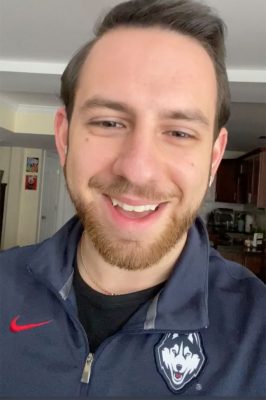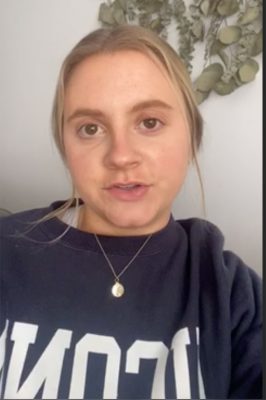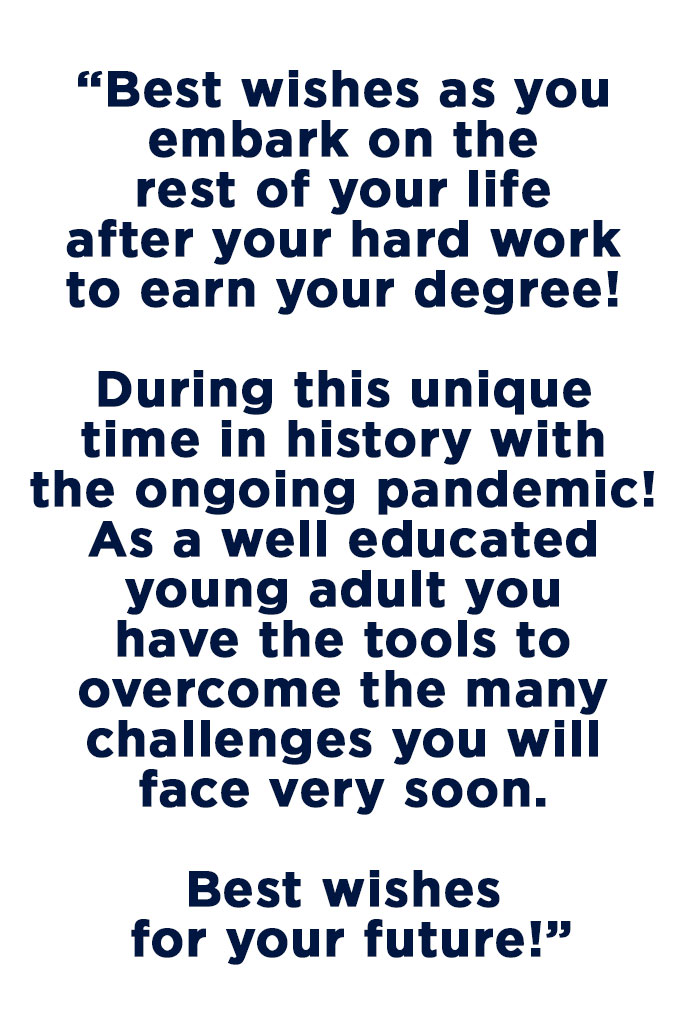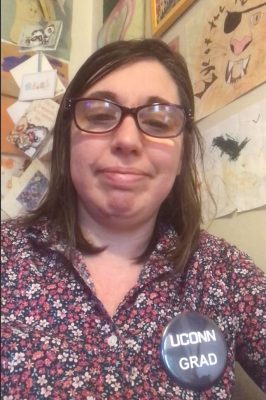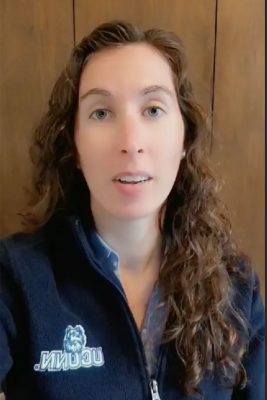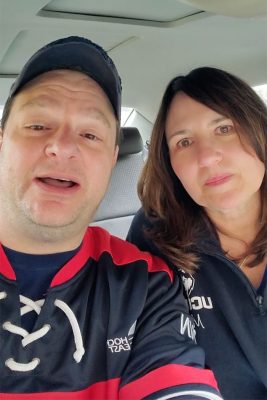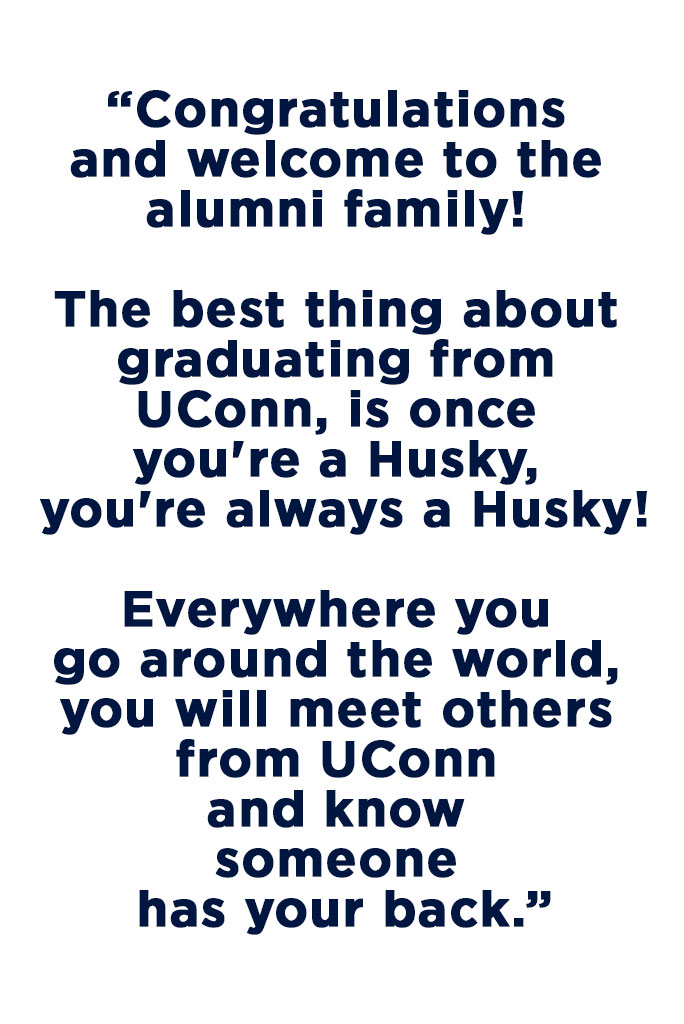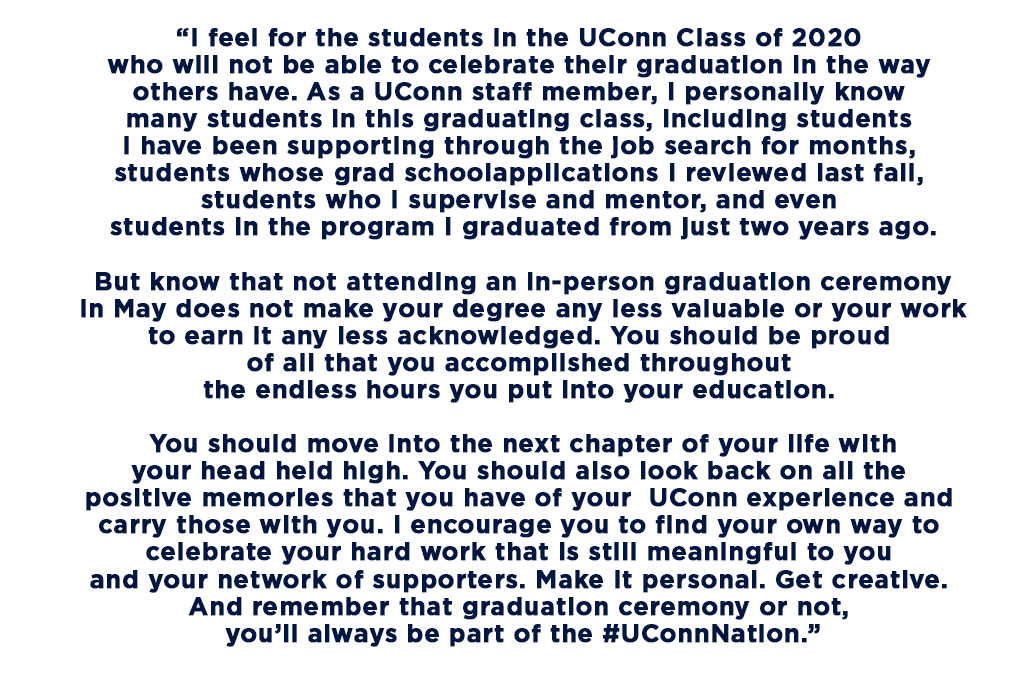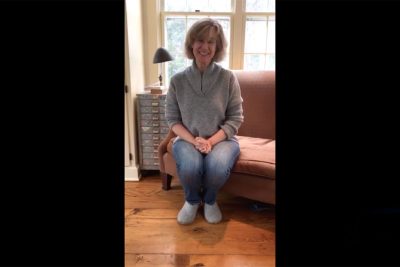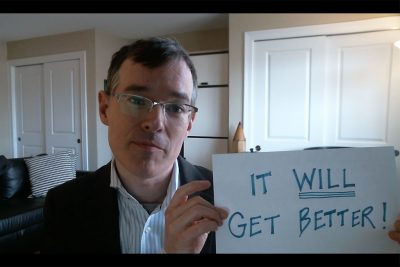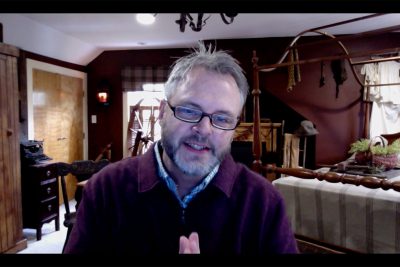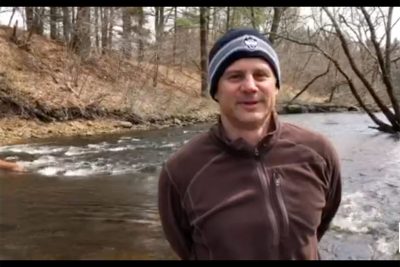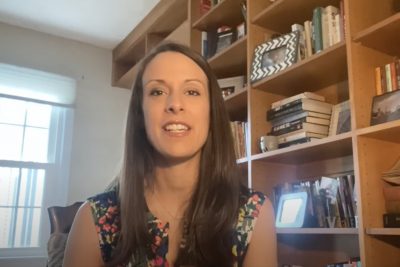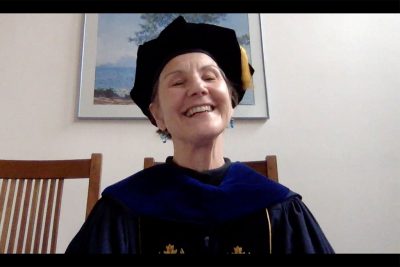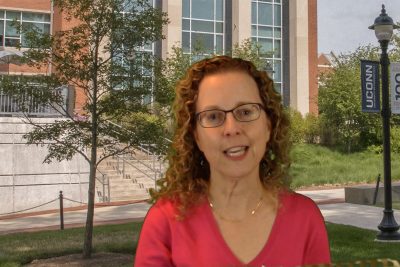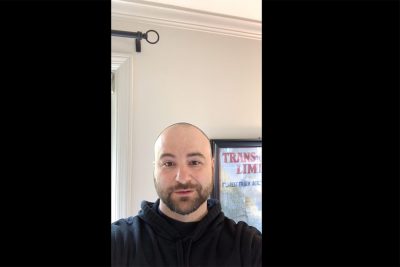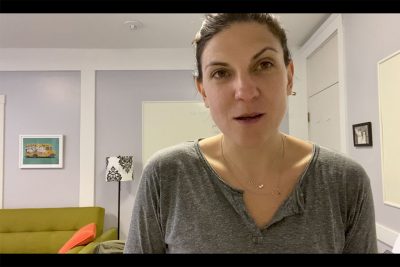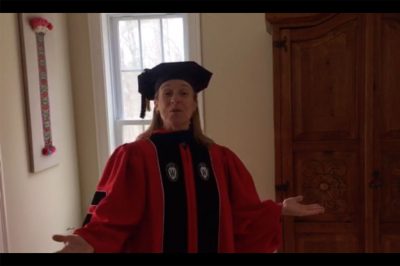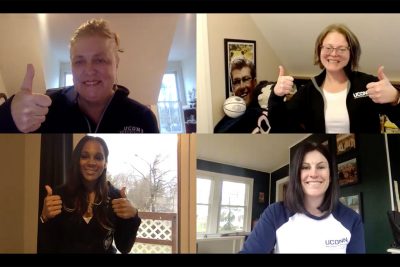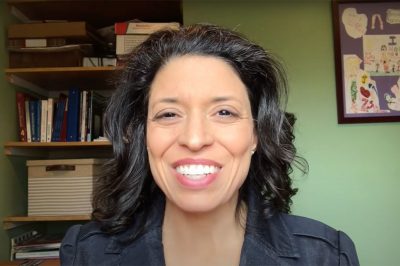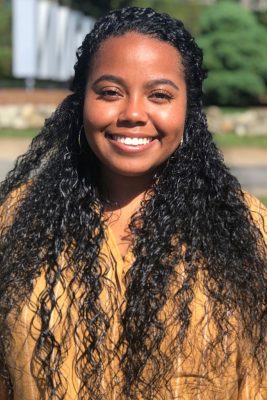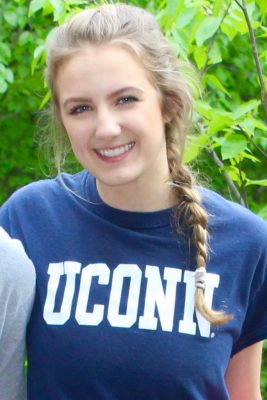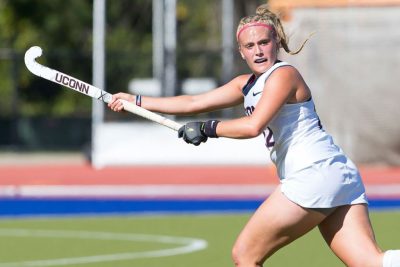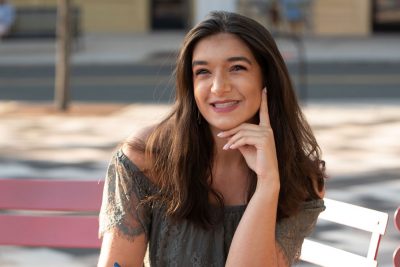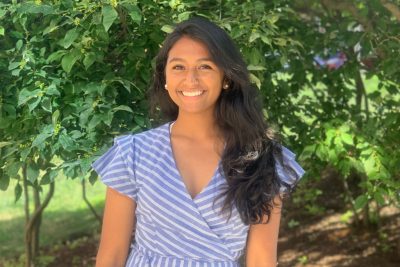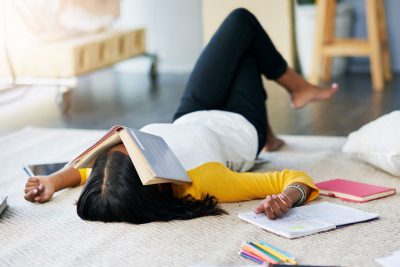
Editor’s Note: The following piece, authored by Board of Trustees Distinguished Professor Sandra Chafouleas, was originally published in The Conversation.
As a psychologist and the mother of two college-aged students, I am concerned about my children’s future emotional well-being. I know that the late teens to early 20s are a time when the majority of many lifetime mental health disorders take hold.
Given all the challenges associated with the COVID-19 pandemic – from isolation to limited job opportunities – the need for supports to address mental health issues seems likely to increase.
As parents and other guardians get ready to prepare their teens for college, they should not neglect helping those new college students in terms of their overall well-being. Well-being is influenced by lots of factors, so an important part of supporting your wellness is to create a personal plan of action. Doing so is called “wellness planning.”
Colleges and universities are beginning to recognize the importance of wellness planning. They are seeing the need to expand their traditional mental health and counseling services to include wellness as a prevention strategy for all students.
But personal wellness plans must be customized to meet each individual student’s own needs. And I believe that since it is unclear whether new college students will be on physical campuses this fall or learning online, these plans are more important than ever. Here are five essential things that any wellness plan for incoming college students should address:
1. Define what well-being looks like
Well-being has been generally defined as feeling good and having a positive life outlook. To answer what well-being looks like for you – socially, emotionally and behaviorally – begin by reflecting on the everyday strategies that you already find most effective in coping with daily life.
Identify areas that seem to pose the biggest struggles now. For instance, some people may be grumpy and anxious if they have not done some form of physical exercise, so well-being for these people would involve daily physical activity.
“Colleges and universities are beginning to recognize the importance of wellness planning. They are seeing the need to expand their traditional mental health and counseling services to include wellness as a prevention strategy for all students.”
2. Set strategies
If you identify sleep habits as a problem, try out some recommended strategies for improving sleep habits such as having a consistent time for going to bed and getting up or limiting electronic use before bedtime.
If you feel socially isolated, find opportunities to strengthen connectedness, such as joining a new group or volunteering.
3. Identify college resources
Once a plan is in place, search for resources at college that will help you to execute it. Make a list of the clubs and organizations that look exciting, and be open to trying new things. Check out their social media to see which ones seem most interesting and in line with your wellness priorities. If you are interested in opportunities for open conversation and reducing stigma about mental health, look to join campus organizations such as Active Minds.
Look for resources to relieve stress or practice new relaxation techniques. Colleges and universities often have dedicated web resources on tips for stress management. Some may even link to strategies or organizations such as Campus Mind Works at the University of Michigan.
Make sure to prioritize options that help build a strong social network. Eliminate options that may challenge your ability to maintain your personal wellness plan.
4. Evaluate
Set a reminder, perhaps monthly, to check on how well that personal wellness plan is going. Decide if tweaks to the plan are needed. As one example, weight gain in college is common given meal plans that offer all-you-can-eat and easy access to unhealthy food choices. If a behavioral challenge around nutrition occurs, modify the personal wellness plan to incorporate guidelines around healthy eating.
5. Make a backup plan
Don’t always go it alone in figuring out how to adapt a personal wellness plan. Make a plan to connect with others when things are not working as planned. Even though college is a time for independence, there may be situations where coping strategies fall short and help is needed.
Identify someone in your current network, like a relative or close friend, to serve as a trusted person to reach out to. Also, be open to the possibility that sometimes professional support is warranted.
Sandra Chafouleas is a Board of Trustees Distinguished Professor in the Department of Educational Psychology and Co-Director of the UConn Collaboratory on School and Child Health (CSCH).
